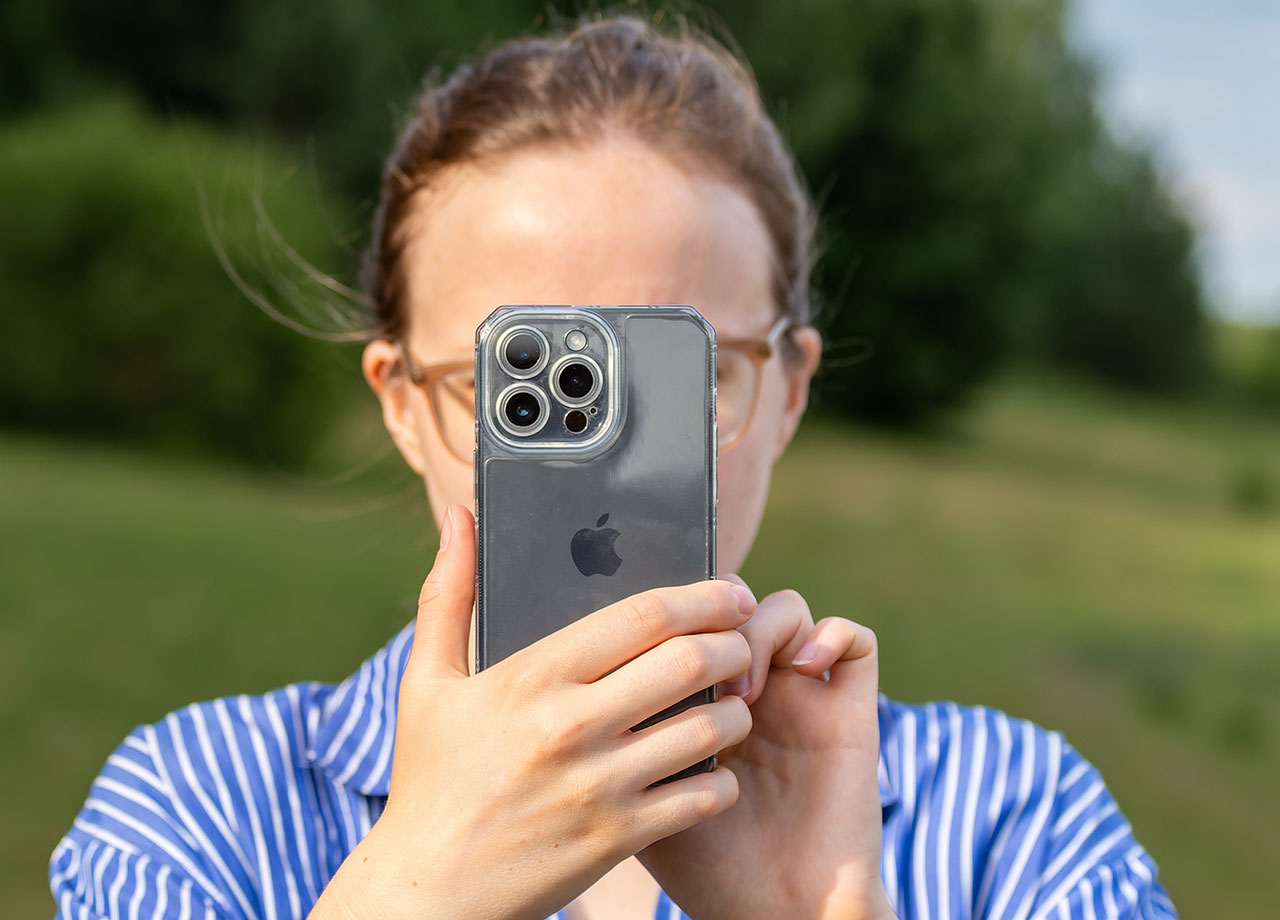It’s time to face facts: your iPhone is running so slowly that you lose patience whenever you load pages or try to download a new app. Unless you have a very old phone that’s running on an extremely old battery, there’s a good chance the problem is something we’re done — or, rather, something we’re neglecting to do.
The settings on our phone can make or break our experience as far as speed and efficiency is concerned. You can take matters back into your own hands by avoiding these nine iPhone setting mistakes that could actually be slowing down your device.
Brightness Setting is Too High
Anytime your screen is a little or a lot too bright, your phone speed is going to suffer. Adjust this setting in seconds by going to Settings > Display & Brightness. Drag the slider down to dim your screen and gain back speed.
Reduce Motion is Not Enabled
Reduce Motion is an excellent setting for helping to, well, reduce motion on your screen and make your phone run more smoothly. Go to Settings > Accessibility > Motion and turn on Reduce Motion.
You Never Delete Anything from Photos
Your Photos app has accumulated years’ worth of photos and videos and you never delete anything. We understand the difficulty of choosing which memories to delete, and recommend saving them to iCloud before deleting them from your phone, but if you fail to ever get rid of anything, those files take up precious storage space, which slows down your phone.


You Rely Too Much on Low Power Mode
Low Power Mode is a fantastic setting that you allows you to conserve battery power until you can get to a charger, but it also prevents you from performing certain tasks on your phone and can slow it down a bit. If you’re using Low Power Mode all day, every day, that could explain your speed issues.
Software Updates
The Software Updates setting is one you absolutely need to visit once in a while — because when new iOS software becomes available, it’s important to download it as soon as possible. Failing to do so can result in a phone that isn’t working at top speed and may even suffer from bugs that Apple engineers sought to fix with their new update.
Your Network Conditions Are Spotty
Without a strong network signal, your phone’s speed will suffer. Make sure you check your Wifi setting as a first step if your phone is slow to ensure you’re using the right network.

Not Taking Advantage of Recommendations
Apple actually makes recommendations on how you can free up storage space, which is one of the leading causes of iPhone trouble, including a slower device. But if you aren’t making use of this setting, you aren’t taking advantage of this feature. Head to Settings > General > [Device] Storage and read Apple’s recommendation for your iPhone.
Never Updating Your Apps
Similarly to how you should keep your software updated to ensure a smooth performance, all of the apps on your phone should also be updated periodically. Not doing so can drag down your device’s speed. Open the App Store, tap your profile icon at the top of the screen, and scroll down to see pending updates. Take update next to an app or tap Update All to update all of your apps at one time.
Never Checking Battery Health
If all of the changes you make to your settings doesn’t budge your phone and speed it up, make sure you check the Battery Health setting to see if the problem truly is that the battery needs to be replaced. Go to Settings > Battery > Battery Health. Apple will let you know if it recommends that you replace your battery with a new one.


























